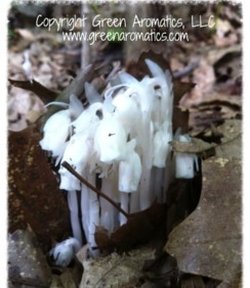 by Patrice Green Many people are drawn to the unique and unearthly appearance of the elusive and mysterious Monotropa uniflora, Ghost Pipe. Unfortunately, stands of these beautiful creatures are being over-harvested by the curious every year. Ghost Pipe, also known as Indian Pipe, Corpse Plant, and Fit plant, is a plant devoid of chlorophyll, which is why it has a pale, waxy appearance. It is so fragile that a mere touch can cause the flower to turn black, shrivel and die before it has a chance to pollinate. This plant cannot photosynthesize. Rather, it depends on trees and fungi – very specific trees and fungi – to live. Its roots contain fungi that require a bed of decaying leaves to enable connection to the roots of nearby conifers. The sugars from the conifers are the food source, via the fungi, for the Ghost Pipe. So in actuality, this plant requires the presence of a trinity of beings to survive: fungi, conifers for their sugars, and deciduous trees for their rotting leaf drop. Given the complexity of the relationships between the Ghost Pipe, the fungi and the trees, it will not survive if you try to transplant it. Let me say that again in a slightly different way: By attempting to transplant this rare plant you are actually killing it, as you cannot possibly replicate the growing conditions it needs to survive. In the 6 years I’ve been studying this plant locally and tracking its growth I’ve noticed an alarming reduction in its numbers. You may say, “Well there’s so much of it where I am, it won’t matter if I harvest a little bit.” To those of you who say that I ask, “What will happen to the plant if everyone who walks by it says that?” Yes, gentle reader, I’m speaking directly to you, imploring you on behalf of this beautiful plant to stop before you pick it. Think for a bit. Ask yourself some hard questions:
I’ve had people tell me they’ve harvested pounds of this plant. That’s right. POUNDS. I’ve had people contact me after they’ve harvested copious amounts of it, asking me to help them make it into something, what exactly they aren’t sure, nor are they clear on how they will use whatever they make with it. Please understand, if you were an experienced clinical herbalist with a thriving, enormous herbal practice seeing many clients on a regular basis it would still take you YEARS to go through the amount of tincture you could make from a pound of this plant. In the very long time it would take you to use all the tincture from that one pound of plant material, the area that was overharvested would likely still not recover. It’s extremely disturbing to witness a beloved plant that I consider one of my strongest allies mistreated in this way by well meaning individuals. It’s even more upsetting to me to realize that I inadvertently enabled this behavior by writing a previous post about how to use this plant. In a very real way, I feel that I’ve betrayed someone close and dear to me. I thought if someone was drawn to this plant, it was because they too felt the same sense of respect and deep reverence that I feel for Ghost Pipe. I was wrong. The plant paid the price. I am fiercely protective of those I love, and make no mistake, that extends most especially to my plant allies, as they cannot advocate for themselves. At my request, my previous article is no longer available. I will not help decimate its numbers nor will I continue to enable misuse, however inadvertent that misuse may be. My answer to anyone asking how to use this plant is that one can learn much from a plant meditation or shamanic journey to the spirit of the Ghost Pipe while not harming the plant itself, and I do encourage working with the plant in this sustainable, reasonable way. Given the spiritual nature of Ghost Pipe, this is in fact the best way to work with this plant. Meditate while sitting next to the plant, being mindful of its fragility by not touching it. Invite the spirit of Ghost Pipe into your journey or meditation and ask what lessons it has for you as well as what it needs from you. The answers may be surprising. When you finish your meditation, thank the plant for the lessons. Offer it a gift – tobacco is traditional. Know that once you’ve connected with a plant spirit through meditation or a shamanic journey, that connection will remain with you. You can re-visit the plant spirit through any subsequent meditation, regardless of where you are in relation to the actual physical presence of the plant. But please, do not pick this plant. Give it a break. It’s just trying to survive. Sources: http://botany.org/Parasitic_Plants/Monotropa_uniflora.php http://greenmanramblings.blogspot.ca/2016/07/ghost-pipe-cautionary-tale.html  Patrice’s holistic journey started in 2010 when she began a mentorship practice with master healer Catherine Miller. Within six months, a transformative experience among the coastal redwoods of Muir Woods and its beach inspired further studies, eventually leading to the foundation of Green Aromatics, a holistic practice offering education and consultations in many healing modalities. Patrice is a cum laude graduate of Boston College and received her herbal training from The Boston School of Herbal Studies. A certified aromatherapist, herbalist, and flower essence practitioner, Patrice also incorporates reiki, energy healing and shamanic techniques into her work. She is a regular contributor to the Herbstalk blog and teaches at various locations in Eastern Massachusetts. by Patrice Green Lately I’ve been thinking about herbs in a slightly different way. In the beginning of my herbal adventures, I was eager to get to know all the different plants, and furiously made a profusion of tinctures, oils, glycerides and the like. This is common for beginning herbalists. After a while, I realized that I had a larger apothecary than I needed. As time passed and glycerides and oils had to be tossed because they were losing potency, I began to get a better understanding of what my personal needs were, and felt guilty for taking more plants than I used. Plants give us everything. I’ve said it before and I will say it again: they give us oxygen, food, medicine, and ask for nothing in return except our carbon dioxide and maybe the hope that we won’t destroy this planet we share. When I realized I was taking more than I used, I began to make conscious choices about what to stock, and how much. More recently I’ve gotten even more specific, identifying those herbs that are “must haves” for me – the “Go To” plant allies which, season to season, I always have on hand. I consider them my personal arsenal. Here are a few: Yarrow: There is never a time when I don’t have beautiful yarrow in my apothecary. I absolutely love this herb and admire its versatility and strength. The dried herb in tea form is wonderful to ease fevers and severe colds. The infused oil is a must have ingredient for healing salves. I also like to use the infused oil with castor oil packs to heal deep bruising or severe menstrual cramping. The tincture is a without parallel if you’re trying to heal a severe injury and need any stagnant blood to break up and move out. It is also the premiere herb for treating fibroids. The essential oil smells heavenly, is one of the beautiful “blue” oils and is wonderful as part of a PMS remedy. Cautionary note: avoid while pregnant. Yarrow flower essence is a strengthener of the auric field and for those who are easily hurt by others. 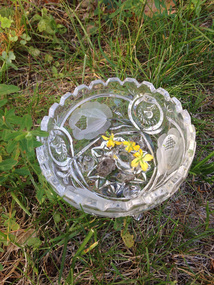 St. John's Wort flower essence St. John's Wort flower essence St. John’s Wort: Another must have for me is St. John’s Wort, specifically it’s beautiful cranberry-colored oil. Every year I make a fresh batch of this wonderful oil so that it’s readily available for use. Its analgesic properties are legendary. This beloved plant ally is a staple of my arthritis remedies/salves.When getting a massage, I always make an aromatherapy blend with St. John’s Wort oil as the carrier and ask the massage therapist to use it during my session. You can almost feel the heat of the sun warming the affected area when using this amazing plant in oil form. The flower essence is wonderful for those afflicted with Seasonal Affective Disorder. Another cautionary note: if you are taking anti-depressants, stick with St. John’s Wort flower essence rather than tincture, as the tincture is contra-indicated. I hope some of you reading this may start to think about your use of the herbs as well, and how we can ease the burden on Mother Earth so that there continues to be plenty of Her bounty for all of us.  Patrice Green is an Herbal Educator, Certified Aromatherapist, Energy Medicine and Reiki Practitioner and founder of Green Aromatics. She is also the Assistant Director at the Boston School of Herbal Studies. She received her herbal training at the Boston School of Herbal Studies, and shamanic training from Isa Gucciardi, Ph. D. at the Sacred Stream in Berkley, CA. Inspired by time spent among the coastal Redwoods of Muir Woods and its beach, Green Aromatics strives to imbue its products and services with the same resilience, joy and equanimity of these majestic beings. Patrice may be reached through the Green Aromatics website. |
Archives
November 2023
Categories
All
|
Join the Newsletter!
Receive news about future Herbstalk events
Thank you!
You have successfully joined our subscriber list.
Copyright © Herbstalk 2024
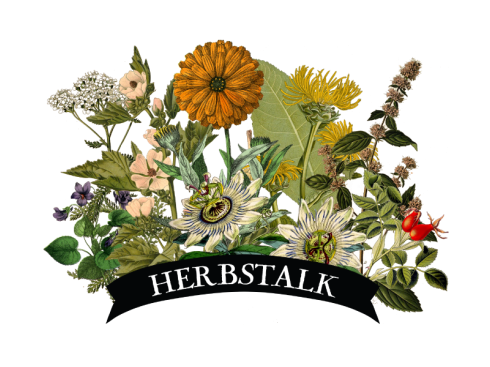
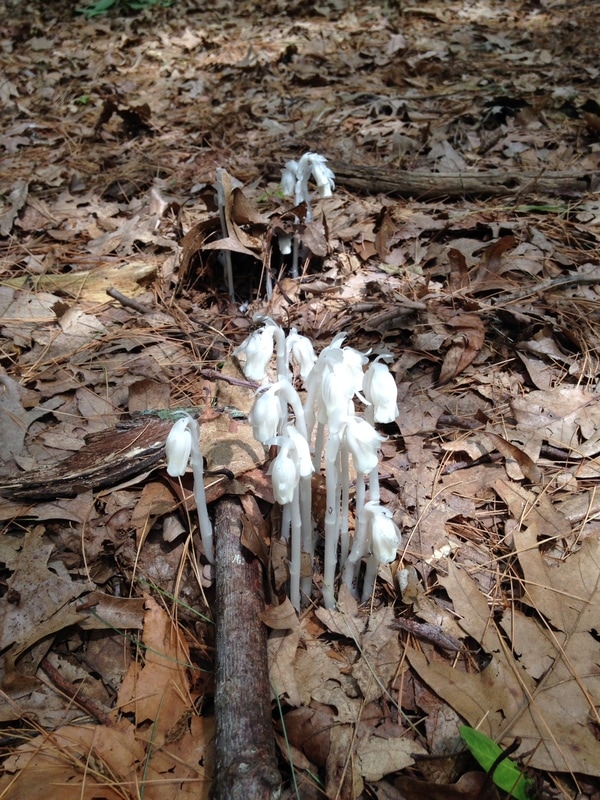
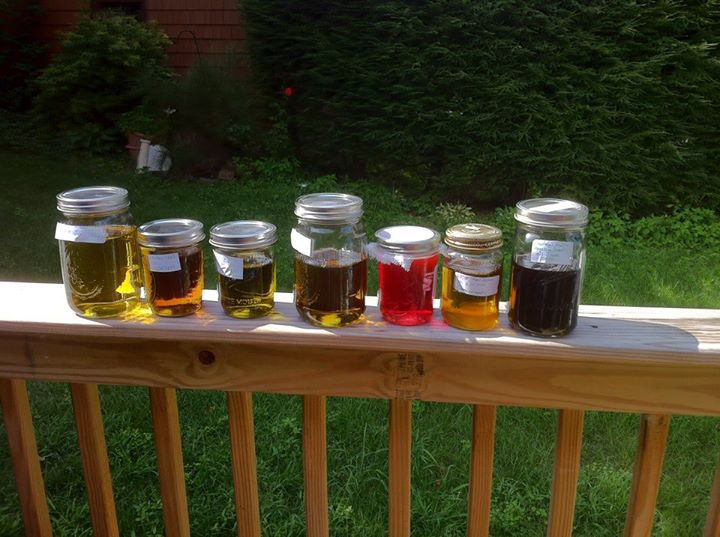
 RSS Feed
RSS Feed